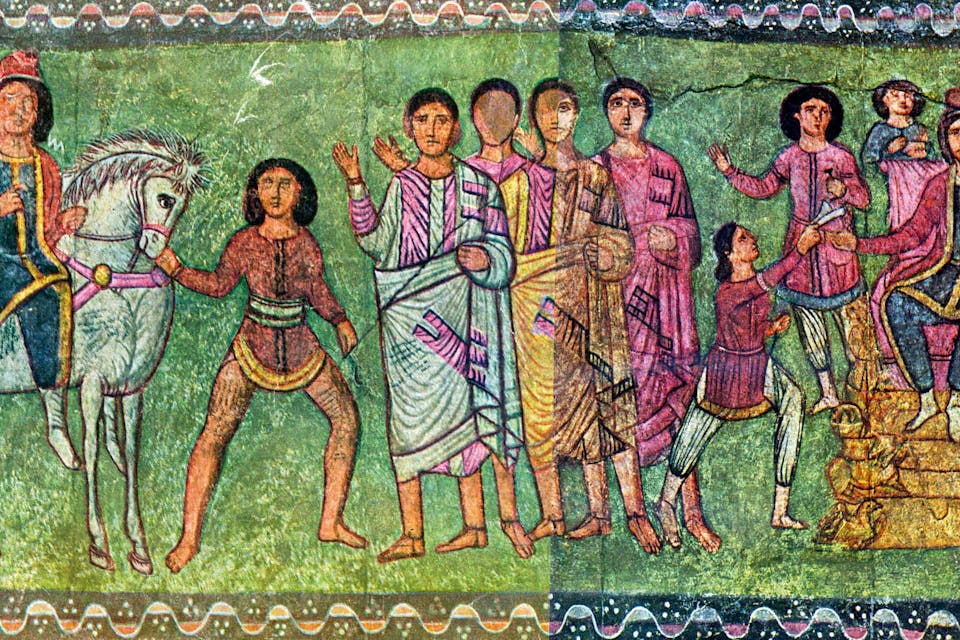
February 24, 2021
Esther Shows How to Speak Your Mind Without Undermining Social Order
The star of this week's Purim story gets her point across because of the way she tells certain truths.
As we approach Purim and the reading of the book of Esther, it strikes me that the story in it is very much one about the limits of different kinds of authority: that of the Persian king who drunkenly requests that his wife appear in front of his equally drunken courtiers, that of his queen who rebuffs his request and thereby kicks off the story, that of the Persian vizier Haman who demands that everyone bow to him, and indeed that of Mordecai who defies Haman and does not bow but is in turn defied by his own cousin Esther, who not only displays greater sensitivity to Gentile sensibilities, but is the sole person in the story to draw on a religious precedent. At the heart of these conflicts is the tension between the social order—which entails hierarchy, authority, deference, and acquiescence—and standing up for what is right; that is, for defending the truth even when those in positions of authority are wrong. These tensions are inescapable because those who have the most authority are not necessarily the wisest, and sometimes even the wise aren’t always right.
Esther convinces her husband, King Ahasuerus, to override Haman’s scheme to exterminate the Jews without posing a direct challenge to the king’s authority, and without violating the complex rules of the courtly conduct.
To shed some light on this aspect of the book, I think it’s instructive to examine a group of interconnected stories from the Talmud that show how the ancient sages addressed the same questions about the tradeoff between social order and the truth. The Talmud gives us two contrasting archetypes of how to reckon with this tradeoff: Rabbi Yehoshua ben Ḥananiah, the man who famously bested God in an argument, and Rabbi Meir, one of the most important figures in the development of Jewish law (halakhah). As we shall see, these stories also have much to say about the more specific problem, also encountered by Esther, of what happens when women must challenge male authority.